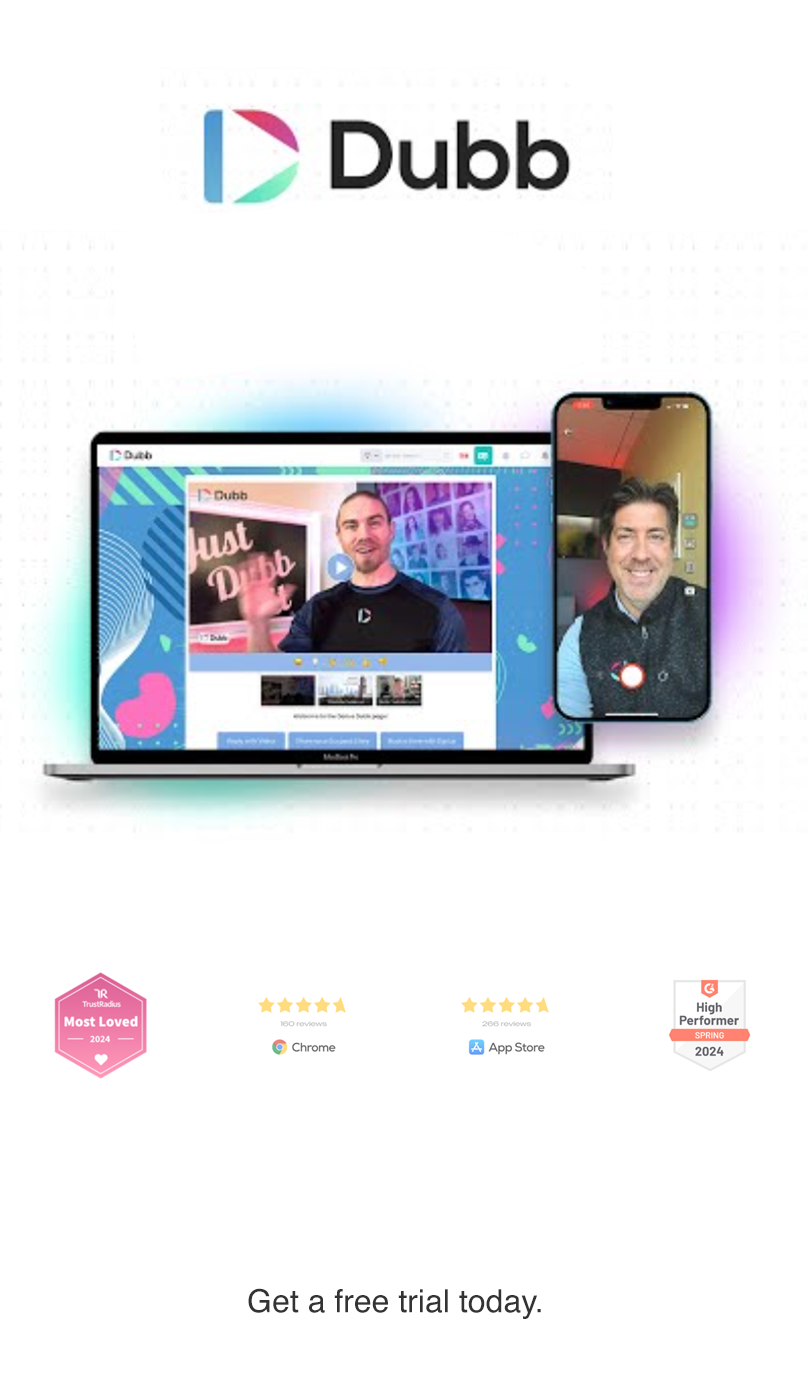You hit “send” on a critical email. Days pass. No replies. No opens. Where did it go? The spam folder—the black hole where emails vanish forever.
If you’re a sales leader, CEO, or business owner, this isn’t just annoying. It’s a roadblock to growth. Your messages aren’t reaching people, and your hard work disappears. Let’s fix that.
In this guide, you’ll learn how email deliverability tools can save your emails from spam oblivion. We’ll cover simple steps to clean your lists, warm up domains, and keep your sender reputation spotless.
Newsletters vs Cold Emails: What’s the Difference?
Cold Emails
Cold emails are sent to individuals with no prior connection to your brand. These contacts may come from purchased lists or online research.
Key Risks
- Email providers (e.g., Gmail) often mark cold emails as spam.
- Domains typically have a daily sending limit of around 50 emails to avoid spam filters.
- Using a secondary domain (e.g., yourbusiness.net) can help protect your primary domain’s reputation.
Newsletters
Newsletters are distributed to subscribers who have opted in to receive updates, such as customers or leads already familiar with your brand.
Recommended Tools
- SendGrid offers bulk email services starting at $20/month.
- This is more cost-effective than alternatives like Mailchimp.
- Integrates with tools like Dubb for smoother workflows.
Step 1: Warm Up Your Domains (Like Training a New Dog)
New domains have no reputation. Sending too many emails too fast is like letting a dog loose in a park—it’ll cause chaos.
How to Warm Up Domains:
- Start slow: Send 10-20 emails daily for 1-2 weeks.
- Use warm-up tools: These send fake emails to make your domain look trustworthy.
- Check bounces: Keep bounce rates under 2%.
Example: At our company, we warm up domains for marketing emails. Even if someone marks us as spam, our reputation stays strong.
Step 2: Clean Your Email List (No Garbage Allowed)
Sending emails to invalid addresses is like mailing letters to empty houses. Postal workers notice—and so do email providers.
How to Clean Your List:
- Use a best email list cleaning service (we use a $59 tool).
- Remove dead emails before hitting “send.”
What Happens If You Skip This?
Send 100 emails, and 5 bounce? That’s a 5% bounce rate. Gmail will block you faster than you can say “spam.”
Step 3: Fix Your DNS Settings (The Boring But Essential Part)
In 2024, email providers like Google made rules stricter. You need three DNS records:
- DMARC: Tells providers what to do with suspicious emails.
- SPF: Lists servers allowed to send emails for you.
- DKIM: Adds a signature to prove emails are legit.
Use free tools like Mail-Tester to test email reputation and check if your settings are right.
Step 4: Track Where Emails Land (Inbox or Trash?)
Even with perfect settings, track where emails go:
- Gmail’s Promotions Tab: Fine for newsletters, bad for cold emails.
- Spam Folder: A red flag—clean your list or fix your domain.
Tools like GlockApps show if emails reach inboxes or get blocked.
Why Email Deliverability Tools Matter
- Save Money: Why pay for tools if emails go to spam?
- Build Trust: Good reputation = more emails seen.
- Grow Safely: Send bulk emails without getting blacklisted.
Real-Life Example: Fixing a Broken List
A client had 1,000 contacts. After bulk email cleaning, they removed 50 bad addresses. Bounce rates dropped to 0.5%, and replies doubled.
Try Dubb’s Tools (No Tech Skills Needed)
Dubb helps you:
- Clean lists automatically.
- Warm up domains.
- Track deliverability in real-time.
Get a 7-day free trial and stop guessing where your emails land.

